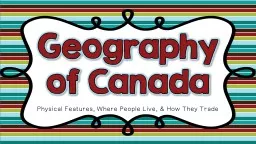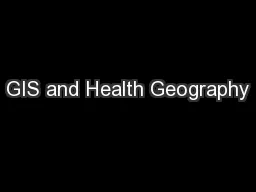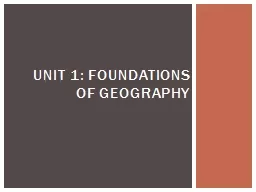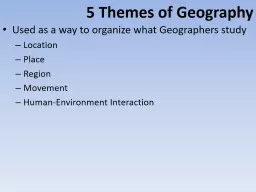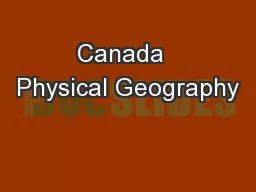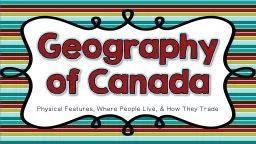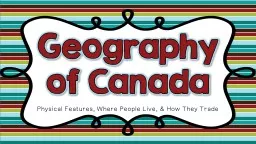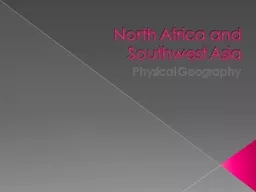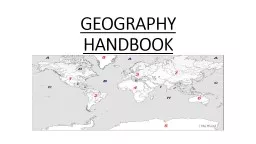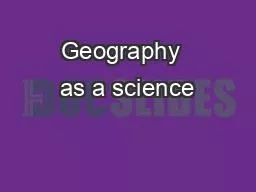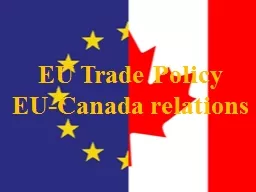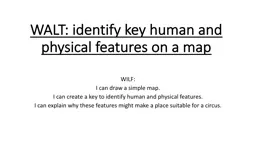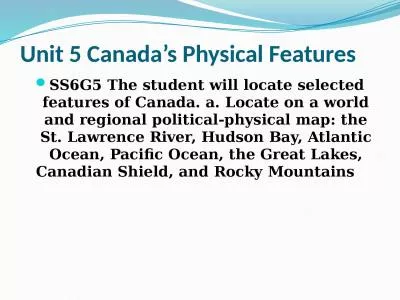PPT-Geography of Canada Physical Features, Where People Live, & How They Trade
Author : natalia-silvester | Published Date : 2018-12-06
Teachers Print off the following slide for each student They should complete the chart while discussing the presentation Physical Features Great Lakes 5 large freshwater
Presentation Embed Code
Download Presentation
Download Presentation The PPT/PDF document "Geography of Canada Physical Features, W..." is the property of its rightful owner. Permission is granted to download and print the materials on this website for personal, non-commercial use only, and to display it on your personal computer provided you do not modify the materials and that you retain all copyright notices contained in the materials. By downloading content from our website, you accept the terms of this agreement.
Geography of Canada Physical Features, Where People Live, & How They Trade: Transcript
Download Rules Of Document
"Geography of Canada Physical Features, Where People Live, & How They Trade"The content belongs to its owner. You may download and print it for personal use, without modification, and keep all copyright notices. By downloading, you agree to these terms.
Related Documents

